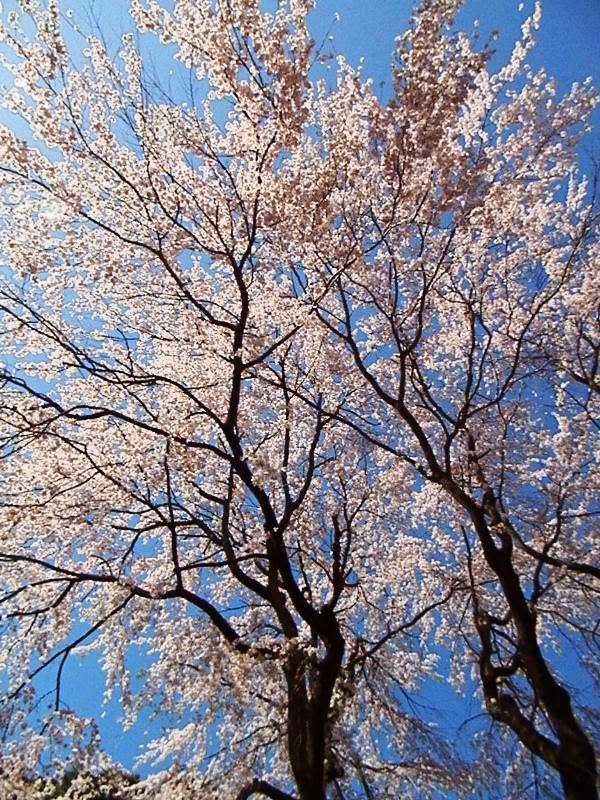Shinjuku Ward, Tokyo
Japan as a Big Importer
Due to the Fukushima Daiichi Nuclear Accident of 2011, Japan had to change composition of its energy sources for electricity generation. Their ratios in the whole energy sources changed as follows:
In Fiscal 2010
Natural Gas..................29.3%
Nuclear Energy............28.6%
Coal................................25.0%
Crude Oil........................7.5%
Hydro-Energy...............8.5%
Renewable.....................1.1%
In Fiscal 2012
Natural Gas..................42.5%
Coal................................27.6%
Crude Oil......................18.3%
Hydro-Energy..............8.4%
Nuclear Energy............1.7%
Renewable.....................1.6%
In FY2012, a few nuclear power plants were operated, though in FY2013 all of them were halted after periodic inspection.
It is apparent that Japan urgently increased use of natural gas and crude oil for electricity generation to compensate a loss of outputs from nuclear power plants. But, as Japan has to import almost all of natural gas and crude oil it consumes, balance of trade suddenly turned to be red. Compared with import statistics before 2011, the amount Japan paid for natural gas and crude oil in 2013 increased by $30 billion.
However the increased import of gas and oil is not the only major factor for Japan's deficit in trade. Due to a drastic change in industrial environments triggered by the 2011 Great Tsunami and Fukushima Daiichi Nuclear Accident, Japanese export decreased. Further, with a policy change of the Bank of Japan, a huge amount of supplied yen caused a sharp drop of the value of yen against the US dollar, leading to an increase in imports. Now the amount of a trade deficit in Japan reached $100 billion.
The following figure shows the trend of the balance of trade of Japan since 1980. It shows that in 2011 Japan experienced the first trade deficit since 1980 when the second oil shock occurred due to political situations in the Middle East.
Trade Balance of Japan (Unit: trillion yen)
http://www.nikkei.com/article/DGXNASFS2400G_U3A120C1000000/
So, the 2011 Great Tsunami and Fukushima Daiichi Nuclear Accident really changed the economic landscape of Japan. When industries of Japan were recovering steadily from the 2008 Global Financial Crisis, it was again hard hit by the great natural disaster and the half-man-made nuclear accident. One of the most decisive factors is that Japanese manufacturers moved production to their factories and plants in foreign countries due to difficult domestic conditions.
Generally, the weak yen is favorable to promotion of export from Japan. But, it doesn't seem to work in the current conditions. Japan might be really turning to a big importer like the US.
*** *** *** ***
Rev 4:4 And round about the throne were four and twenty seats: and upon the seats I saw four and twenty elders sitting, clothed in white raiment; and they had on their heads crowns of gold.
Rev 4:5 And out of the throne proceeded lightnings and thunderings and voices: and there were seven lamps of fire burning before the throne, which are the seven Spirits of God.
Rev 4:6 And before the throne there was a sea of glass like unto crystal: and in the midst of the throne, and round about the throne, were four beasts full of eyes before and behind.
Rev 4:7 And the first beast was like a lion, and the second beast like a calf, and the third beast had a face as a man, and the fourth beast was like a flying eagle.
Rev 4:8 And the four beasts had each of them six wings about him; and they were full of eyes within: and they rest not day and night, saying, Holy, holy, holy, LORD God Almighty, which was, and is, and is to come.





















